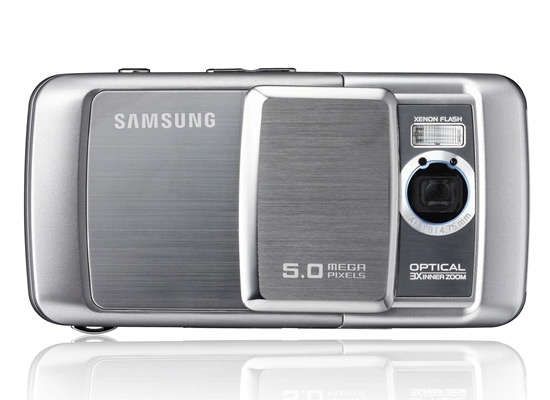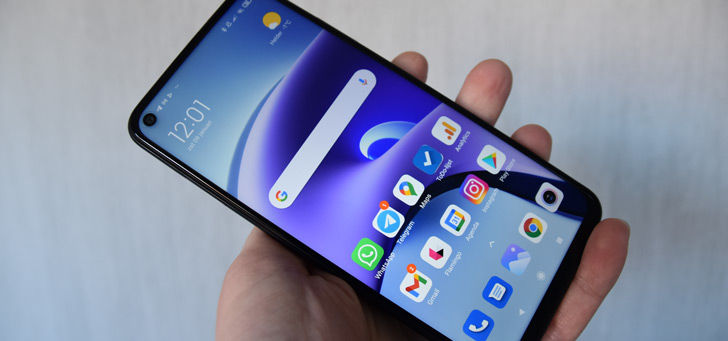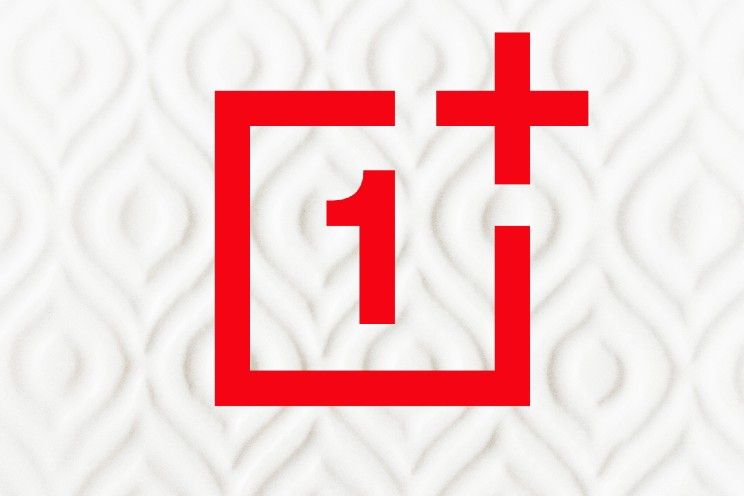The forgotten phone: Samsung G800
A digital camera with telephone: Samsung proudly presented the Samsung G800 in October 2007. It is a robust device with which Samsung went all-in on photography. It was the first 5-megapixel camera with optical zoom. And it had another unique feature that attracted the attention of the South Korean telephone maker: a Xenon flash. Every reason to dwell on the Samsung G800 in this edition of the forgotten phone.
The rise of mobile photography
Smartphones today are multifunctional devices. You are always and everywhere online. The latest news is therefore within reach. Gaming, listening to music, arranging banking, shopping, following the latest developments on the exhibition floor, and so on can be done in an instant with your mobile phone. The possibilities are limitless.
Another aspect that people attach great importance to in 2021 is the camera. They want to share their holiday snaps and other experiences with the world via Instagram, Facebook and other socials. In terms of functionality and quality, most smartphone cameras today are not inferior to expensive SLR cameras. To achieve this breakthrough, smartphone manufacturers have come a long way.
Although social media were not as ubiquitous at the end of 2007 as they are today, the desire to shoot high-quality pictures with a telephone already existed then. Samsung responded to this wish with the Samsung G800. Everything revolved around shooting, the fact that you could also make calls with it was a nice side effect of this ‘digicam with phone’.
Samsung G800 and photography
The Samsung G800 was equipped with a 5-megapixel camera with optical zoom. Separately, these qualities were nothing special, even for the time. Sharp already came up with the idea in 2004 to integrate optical zoom in mobile phones such as the Sharp 902 and 903. The Nokia N93, which appeared almost a year and a half before the G800, also had optical zoom. Phones with a 5-megapixel camera were on the rise in 2007, such as the Sony Ericsson K850, which was unveiled a few months before the Samsung G800. The combination of a 5-megapixel camera with three times optical zoom, on the other hand, was unique. With this, Samsung hoped to entice consumers to choose its brand.
In addition to a high-resolution camera and optical zoom, the Samsung G800 had another special feature: it was equipped with a Xenon flash. You often see this feature with SLR cameras, with mobile phones the LED flash is the standard. And for good reason: LED lights are small, energy efficient and cheap. Xenon flashes are a lot bigger and more expensive. In contrast, they have a greater light output than LED lights, which makes a world of difference for photographers.
The combination of a high-resolution camera with three times optical zoom and Xenon flash was a hit. Many reviewers praised the Samsung G800 for its sharpness and the amount of detail in the images it delivered. The color rendering was also better compared to the competition. The amount of noise was also lower with the G800. The South Korean telephone maker had an edge over the rest. However, it was a modest lead. To use a sports analogy: Samsung didn’t book a big win, but won the race thanks to a photo finish. The camera system formed the basis for future high-end telephones.

The pros and cons of the Samsung G800
The Samsung G800 was a slider phone with only a handful of physical keys below the display. The buttons were nice and big, which benefited the operation of the device and typing. As you would expect from a ‘camera with phone’, the G800 has a physical camera button on the side of the housing. The input for a microSD card is hidden behind a flap. Extra memory was not a luxury: the G800 only had 160 megabytes of internal memory. The exterior was finished with brushed steel in some places.
The screen of the G800 was nice and big for that time, namely 2.4 inches. The QVGA resolution provided relatively sharp images. That is, if you were indoors or in the shade. Once the sunlight hit the display, you could barely see anything. A shortcoming that many telephones at that time had to contend with. Reading the memory card also left something to be desired and, according to many, was painfully slow. The fact that the G800 did not have a 3.5mm jack was also against the sore leg of users. Finally, the device was quite large, so it may not be for everyone.
Samsung G800 summarized in 5 points:
- 2.4 inch TFT display with QVGA resolution of 240 by 320 pixels
- 5-megapixel camera with three times optical zoom, Xenon flash and dedicated physical camera button on the side
- 160 MB internal memory, expandable with microSD card
- No standard 3.5mm headphone jack
- Removable 1,100 mAh Li-Ion battery with 3 hours talk time and 220 hours standby time


